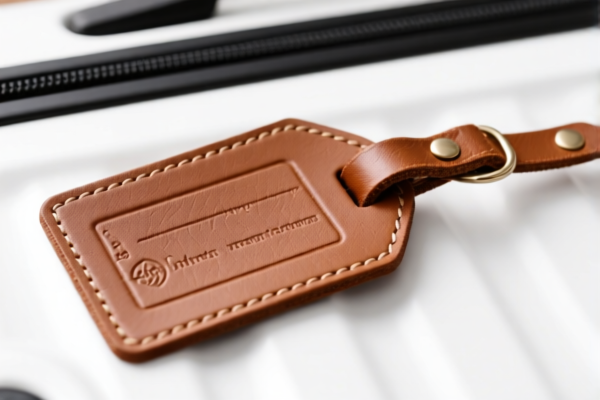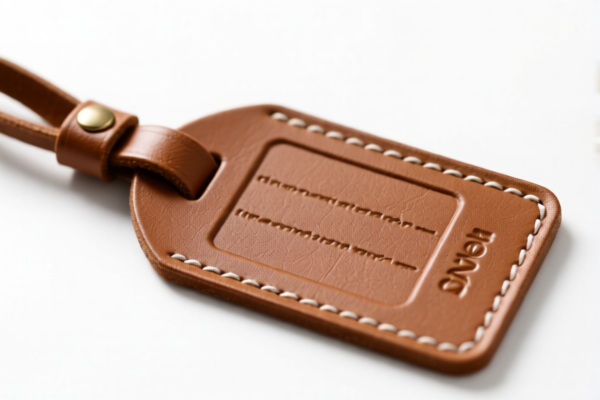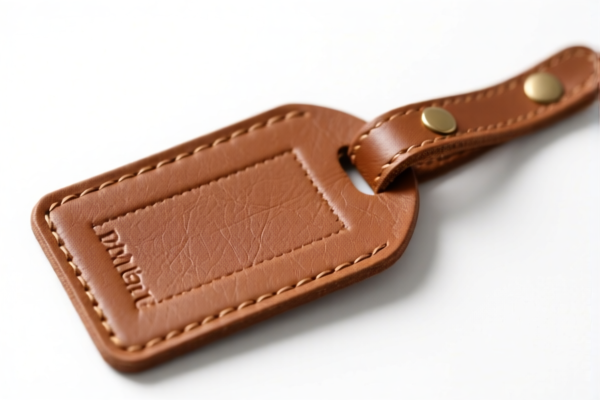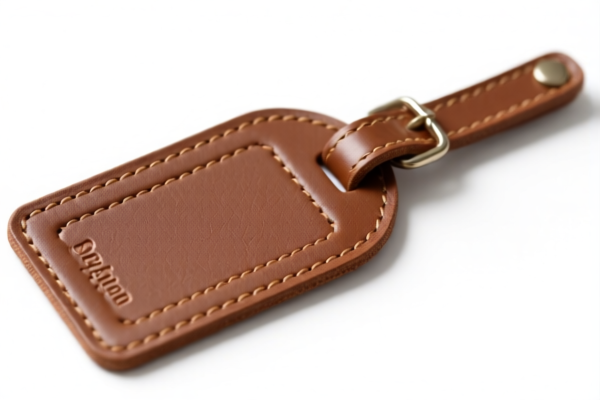| HS Code | Official Doc | Tariff Rate | Origin | Destination | Effective Date |
|---|---|---|---|---|---|
| 4421918800 | Doc | 30.0% | CN | US | 2025-05-12 |
| 4421998800 | Doc | 37.5% | CN | US | 2025-05-12 |
| 4415109000 | Doc | 65.7% | CN | US | 2025-05-12 |
| 4415103000 | Doc | 55.0% | CN | US | 2025-05-12 |
| 1301909190 | Doc | 37.5% | CN | US | 2025-05-12 |
| 1302390090 | Doc | 40.7% | CN | US | 2025-05-12 |




Wooden Tags
Wooden tags are small, typically flat pieces of wood used for labeling, identification, and decorative purposes. Their versatility and natural aesthetic have led to a wide range of applications throughout history and in contemporary crafts and industries.
Material
The most common woods used for tag creation include:
- Basswood: Lightweight, fine-grained, and easy to carve or engrave, making it ideal for detailed tags.
- Birch: Offers a smooth surface for painting and staining, commonly used for rustic or natural looks.
- Maple: A harder wood, providing durability and a more substantial feel. Suitable for tags requiring frequent handling.
- Cherry: Known for its reddish hue and attractive grain, often used for premium or decorative tags.
- Pine: A softer, more affordable option, frequently used for simple tags or those intended for temporary use.
- Bamboo: Technically a grass, bamboo offers a sustainable and lightweight alternative, often used for plant markers or decorative tags.
Purpose & Function
The primary functions of wooden tags are:
- Identification: Labeling items for inventory, organization, or tracking.
- Decoration: Adding a natural or rustic aesthetic to gifts, crafts, or packaging.
- Messaging: Displaying names, dates, short phrases, or symbols.
- Plant Labeling: Identifying seedlings, herbs, or other plants in gardens or nurseries.
- Event/Party Favors: Used as place cards, gift tags, or decorative elements.
Usage Scenarios
- Retail & Inventory: Used to tag clothing, handmade goods, or other products.
- Gardening & Horticulture: Identifying plants in nurseries, gardens, or greenhouses.
- Crafting & DIY: Used in scrapbooking, jewelry making, or other artistic projects.
- Weddings & Events: Used as place cards, escort cards, or gift tags.
- Packaging: Adding a natural touch to gift wrapping or product packaging.
- Art & Sculpture: Used as small canvases for miniature paintings or carvings.
Common Types
- Blank Tags: Unfinished tags intended for customization through painting, staining, engraving, or writing.
- Engraved Tags: Tags with pre-engraved designs, names, or messages.
- Painted Tags: Tags with pre-painted designs or colors.
- Drilled Tags: Tags with pre-drilled holes for easy attachment with string, ribbon, or wire.
- Shaped Tags: Tags cut into various shapes, such as hearts, stars, or animals.
- Plant Markers: Long, narrow tags specifically designed for inserting into soil.
- Gift Tags: Smaller tags designed for attaching to presents.
Wooden tags fall under the category of “Other articles of wood”. Here's a breakdown of relevant HS codes based on the provided information:
- 4421.91.88.00: This HS code specifically covers “Other articles of wood: Other: Of bamboo: Canoe paddles”. While this code details canoe paddles, it falls within the broader category of “Other articles of wood” and may be relevant depending on the manufacturing process or specific material composition of the wooden tags. The total tax rate is 30.0%.
- 4421.99.88.00: This HS code covers “Other articles of wood: Other: Other: Canoe paddles”. Similar to the previous code, this falls under the broader category of “Other articles of wood”. The total tax rate is 37.5%.
It is important to note that these codes are specifically listed with "Canoe paddles" as examples. Determining the correct HS code requires a detailed understanding of the wooden tags’ specific characteristics, intended use, and manufacturing process.
According to the provided reference material, the HS code options related to 'wooden tags' are limited, with only the following 2 found.
Customer Reviews
No reviews yet.